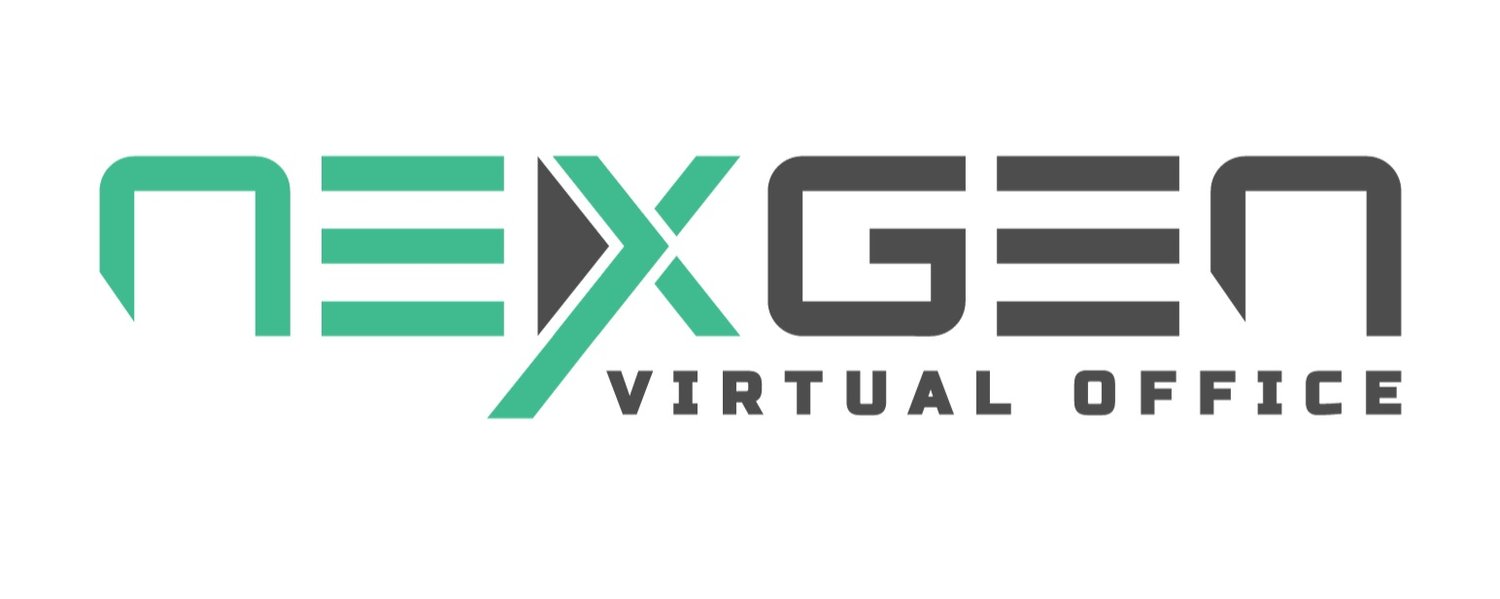Glass Almanac: Companies that ended remote work are now struggling to hire — here’s why
Article was originally published in the Glass Almanac - April 26, 2025 by Brian Foster
“The work landscape has evolved dramatically over the past few years, and companies are grappling with the fallout of the decisions they’ve made during this transformation. Some organizations that initially ended remote work and pushed employees back to the office are now facing a major hurdle—struggling to recruit talent. Ironically, policies intended to restore traditional work environments are now hindering growth and innovation.” - Brian Foster
The Challenge of Recruitment in a Hybrid World
Glass Almanac: Companies that ended remote work are now struggling to hire - here’s why. by Brian Foster
Recent research by Revelio Labs, a workforce analysis company, sheds light on the profound effects of inflexible work policies. The numbers are stark: since June 2022, businesses offering hybrid or fully remote work options have seen a 0.6% growth in job listings, while companies requiring full-time in-office presence have only seen a 0.3% increase. This data highlights a clear trend—companies that allow employees more flexibility are growing faster.
According to Loujaina Abdelwahed, an economist at Revelio Labs, companies that embrace flexibility are better positioned to thrive. “Companies that operate entirely remotely or offer flexibility are able to grow faster,” she explained to the Washington Post. This insight underscores the importance of work-life balance and flexibility in attracting top talent, which is now a key priority for many workers. Meanwhile, companies that resist these changes risk losing out on skilled candidates and slowing their growth.
The Unintended Consequences of Rigid Policies
It’s not just about recruitment—these rigid back-to-office policies also come with other consequences. A joint study from the University of Pittsburgh, Chinese University of Hong Kong, and Baylor University revealed a shocking rise in employee turnover within S&P 500 companies. Skilled employees, particularly those seeking a better work-life balance, are leaving their positions for companies that offer more flexible work arrangements.
Supporting these findings, the Personio 2024 Human Resources Survey found that over half of respondents prioritize work-life balance when considering new job opportunities. Additionally, 44% of workers said they were actively contemplating a job change in the next year. For companies that enforce strict return-to-office policies, this means they’re not only struggling to fill roles but may also be accelerating turnover, losing valuable employees in the process.
The Rise of “Hidden Layoffs”
A concerning new trend accompanying these policies is the phenomenon of “hidden layoffs.” This occurs when companies subtly encourage employees to resign voluntarily, avoiding the legal and financial costs of formal layoffs. According to a BambooHR survey, 18% of HR leaders expect a rise in voluntary resignations due to return-to-office mandates. But there’s a catch—37% of HR leaders admitted that they hadn’t met their resignation targets, meaning they might soon need to resort to actual layoffs.
This trend of hidden layoffs reflects the growing tension between corporate policies and employee expectations. Companies might save money in the short term, but the long-term consequences—damaged morale, loss of loyalty, and a diminished reputation—can be detrimental.
The Bigger Picture: Re-evaluating Remote Work Policies
The difficulty some businesses are facing in filling vacancies highlights a critical shift in the workforce. Employees increasingly prioritize flexibility and autonomy, and companies that fail to acknowledge this shift risk falling behind. While some companies have successfully adapted to hybrid and remote models, others continue to cling to outdated notions of what work should look like.
Flexibility in the workplace isn’t just a perk anymore—it’s a necessity. Organizations that understand this and adapt accordingly will likely have an edge in the competitive talent market. On the other hand, businesses that resist change might find themselves struggling to keep up with the demands of a modern workforce.
“The lesson is clear: to attract and retain the best talent, companies must not only offer competitive salaries but also an environment that respects employees’ time and values their work-life balance. The future of work is hybrid—and companies that ignore this trend may find themselves left behind.”


